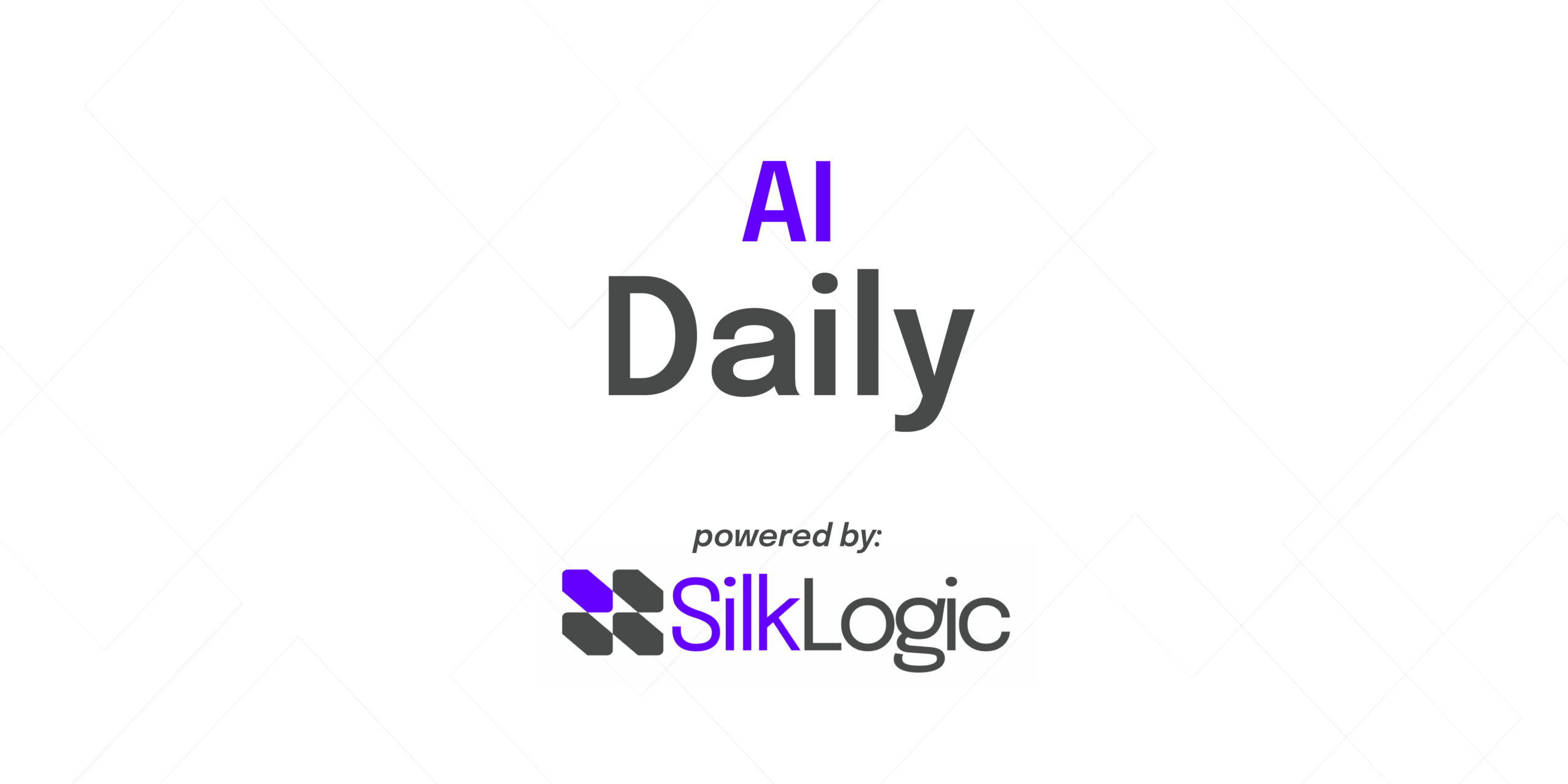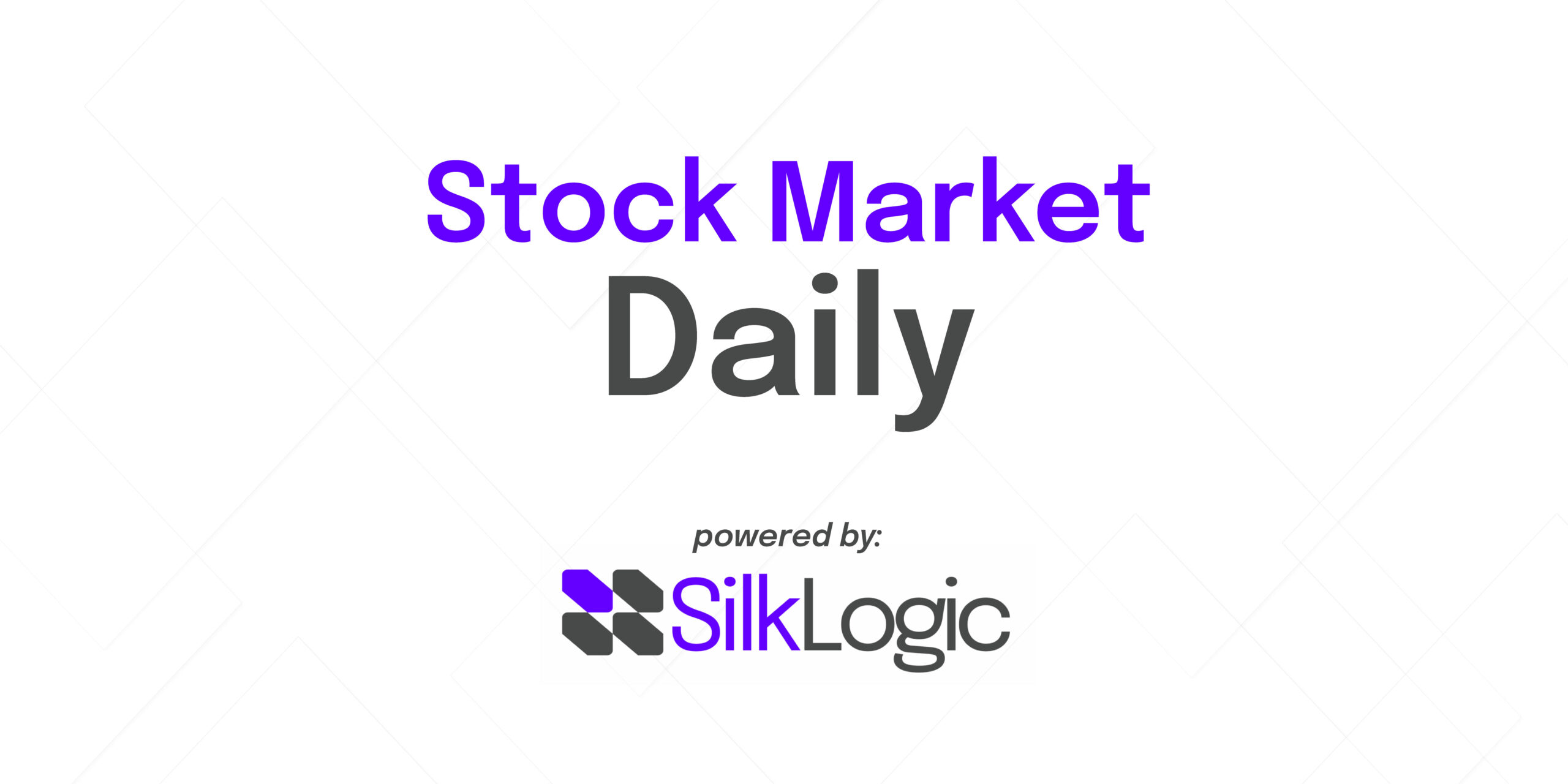AI, Cobots, and the Race to Smarter Factories
The world of manufacturing is changing fast. From small factories to giant global brands, businesses are racing to use artificial intelligence (AI) and robotics to fill critical jobs, boost productivity, and stay competitive. As shown in this recent article on Vention Inc., a Canadian robotics startup, the move toward smarter, more accessible automation isn’t just for the giants anymore—any business can now get ahead with the right technology and strategy.
Why This Matters: Labor Shortages & Rising Costs
Factories in North America are facing a perfect storm:
- There are hundreds of thousands of job openings in manufacturing, with more workers retiring every year.
- Business costs, especially for labor, are going up.
- Pressure is mounting on companies to “reshore” and build more at home, but skilled workers are harder to find.
This is where AI-powered collaborative robots (“cobots”) come in. They work safely alongside humans, take over boring or dangerous jobs, and enable teams to do more with less.
The Vention Example: Making Robotics Plug-and-Play
Vention Inc. highlights a major trend: breaking down barriers to automation. Traditionally, adding robots to a factory required custom engineering—costly, slow, and out of reach for most smaller businesses. Vention’s solution is different:
- Easy to design and assemble: Their systems are built from modules (like Legos) and set up through an online platform.
- Powered by smart AI software: Integrating Nvidia’s cutting-edge chips, the software makes it faster and cheaper to bring cobots online.
- Flexible for many industries: From sandblasting cabinet doors to assembling electronics, these solutions adapt quickly to different manufacturing tasks.
Big names like Apple, Tesla, GE, and Hershey are already using Vention’s cobots. Even small manufacturers can invest—basic setups start around $50,000, a fraction of the cost from just a few years ago.
Business Takeaways: How Leaders Can Act Now
What can business leaders learn from this trend?
- Start with a Roadmap: Successful AI and automation adoption begins with a clear strategy. Assess which repetitive or dangerous tasks in your operations could offer the fastest return with automation.
- Think Beyond Cost Savings: As Hershey discovered, cobots not only reduce manual labor—they also improve safety and boost worker satisfaction by freeing staff from tedious work.
- Embrace Plug-and-Play Solutions: Out-of-the-box AI robotics reduce both technical and financial obstacles. Look for platforms that let your teams configure, test, and scale quickly.
- Plan for Change: As technology evolves, partner with experts who can guide your team through the complexities of integration, optimization, and scaling—like the services Silk Logic offers in AI roadmapping and process optimization.
Challenges to Consider
Despite all the promise, leaders must be realistic about:
- Integration Costs: As MIT’s Julie Shah points out, most automation expenses are not for the robot itself but for making it fit your unique workflows. That’s why careful planning and the right platform partner matter.
- Regulatory Uncertainty: Recent talks about tariffs on imported robotics create headwinds. While they aim to boost local production, they can also increase prices and slow adoption. It’s vital to stay agile and informed.
- Employee Training: Staff need support and upskilling to work smoothly with new technologies. Change management is key to success.
The Big Picture: Adapt Early or Fall Behind
Vention’s rapid growth and big-name clients show where manufacturing is heading: towards smarter, safer, and more flexible factories. With AI and robotics dropping in price and complexity, early adopters will have the edge—better productivity, happier teams, and the ability to respond to market changes quickly.
Those who wait, or hope the old ways will return, risk being left behind as competitors modernize and win new customers.
Conclusion: Your Next Step Toward AI Automation
AI-driven robotics are no longer just for massive corporations. Today’s accessible, plug-and-play systems open the door for businesses of all sizes to thrive, even in the face of labor shortages and shifting economies. But success depends on having a clear plan and the right support.
Are you ready to future-proof your business? Talk to the AI experts at Silk Logic about how an AI strategy and automation roadmap can help you get started safely and successfully. The future of manufacturing is here—how will you seize it?





